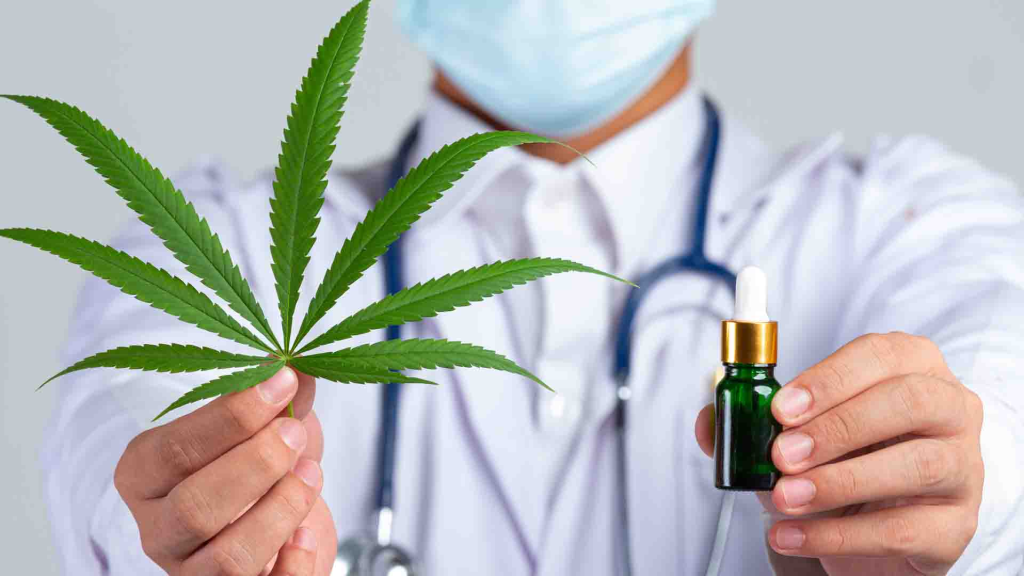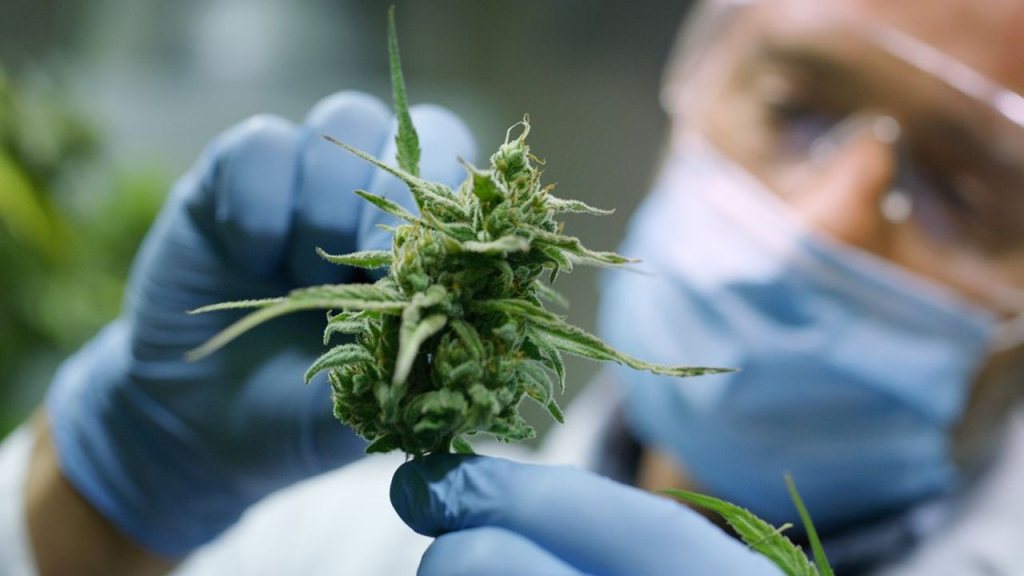
The anatomy of a cannabis flower consists of various parts that work together to facilitate reproduction and produce the plant’s desired compounds. Here are the key components of a cannabis flower with https://uberweedshops.com/product-category/all-flower/ounce-specials/:
The Anatomy of Cannabis Flower
- Calyxes: Calyxes are small, leaf-like structures that surround and protect the reproductive organs of the flower. They form the outer layer of the bud and are covered in resinous trichomes. The calyxes can vary in shape, size, and color depending on the strain.
- Pistils: Pistils are the hair-like structures that emerge from the calyxes. They are the female reproductive organs of the cannabis plant. Pistils are usually long, slender, and come in various colors, commonly ranging from white to orange or red. They play a crucial role in catching and receiving pollen from male plants for fertilization.
- Stigmas: Stigmas are the bulbous, often hair-like structures found at the tips of the pistils. They are responsible for collecting and receiving pollen during the pollination process. Stigmas are typically sticky and designed to capture pollen grains.
- Trichomes: Trichomes are tiny, mushroom-shaped structures that cover the surface of the calyxes, pistils, and surrounding foliage. They produce and store resin, which contains cannabinoids, terpenes, and other compounds responsible for the plant’s medicinal and psychoactive effects. Trichomes give the buds a sticky, crystalline appearance and contribute to their aroma and potency.
- Bracts: Bracts, also known as bracteoles or bracts scales, are small, leaf-like structures that are located at the base of the calyxes. They protect and support the calyxes and help to determine the overall shape and structure of the flower.
- Sepals: Sepals are the leaf-like structures at the base of the flower that enclose and protect the developing bud. They are usually green and act as a protective layer during the early stages of flower development.

Understanding the anatomy of a cannabis flower is important for growers and consumers alike, as it helps in identifying the plant’s reproductive stage, determining potency and quality, and recognizing desirable traits in different strains. Additionally, the concentration and condition of trichomes on the flower’s surface are often used as indicators for determining the optimal time to harvest.

0 Comments for “The Anatomy of Cannabis Flower”